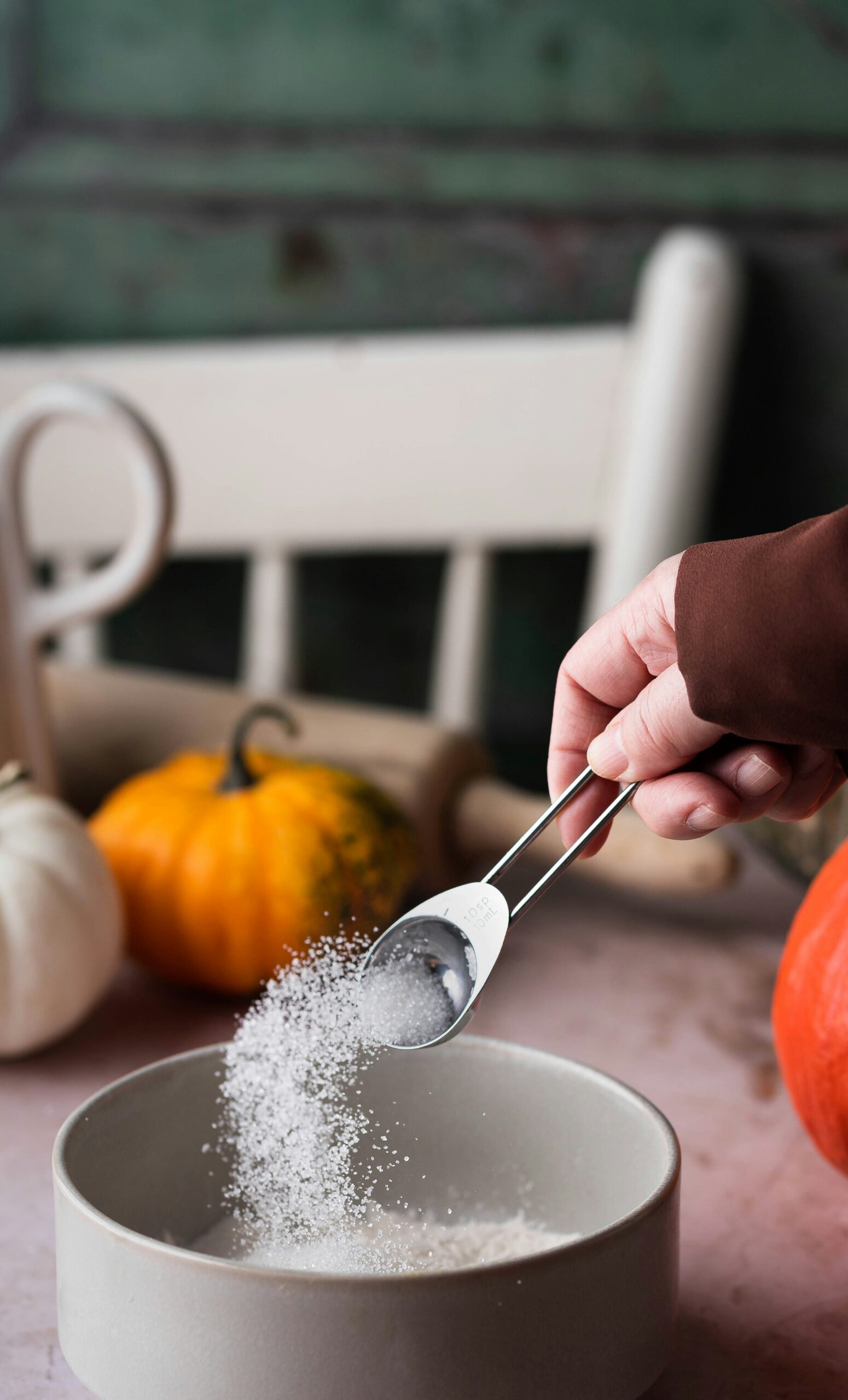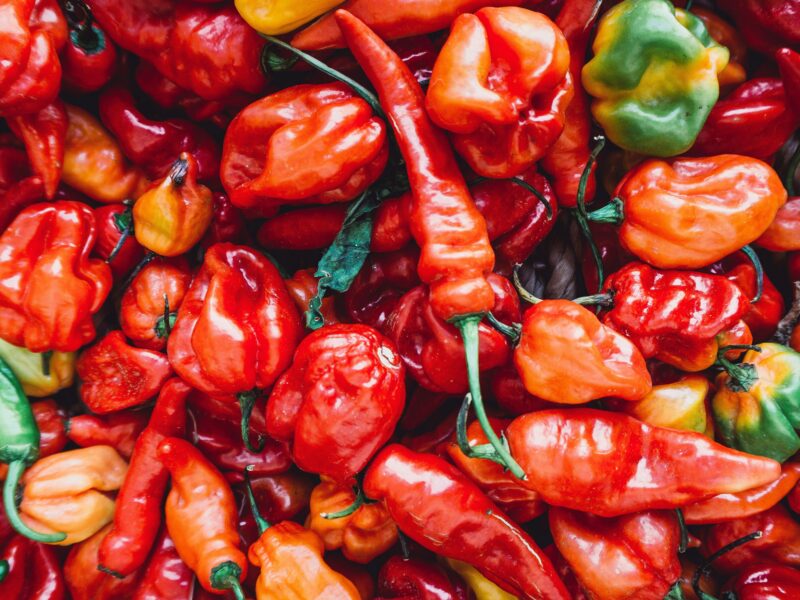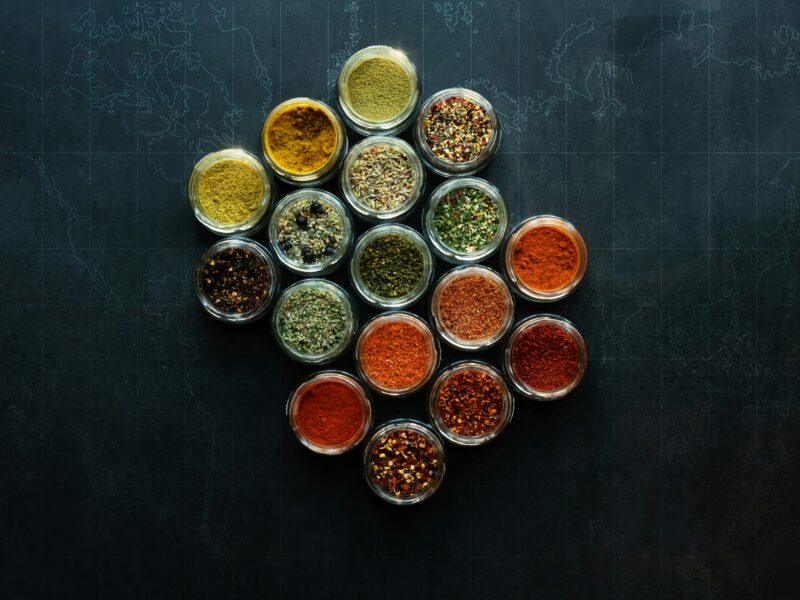Salt is essential in every kitchen, enhancing the natural flavors of food and improving texture. Whether you’re using it in everyday cooking or experimenting with gourmet dishes, the right salt can elevate any recipe. This article will explore the different types of salt, their unique uses, and how to choose the perfect one for your cooking needs.
Origin and history of salt
Salt has been treasured for thousands of years, dating back to ancient civilizations. It was once so valuable that it was used as currency, and trade routes were built around its availability. Ancient Egyptians, Greeks, and Romans used salt not only for cooking, but also for preservation, making it an indispensable part of their daily lives. Today, salt continues to play a vital role in food preservation, seasoning, and even as a decorative element in high-end cooking.
Varieties of salt
Salt comes in many varieties, each with unique qualities that make it ideal for different cooking applications. From everyday seasoning to finishing gourmet dishes, each type of salt brings something special to the table. Here’s a look at five popular varieties:
Table salt
The most common and highly refined form of salt, table salt is often iodized to prevent iodine deficiency. It’s finely ground, making it easy to incorporate into a variety of dishes. While not as flavorful as other salts, its uniform texture is perfect for quick seasoning. Table salt is commonly used in baking, cooking, and as a staple at the dining table. It dissolves easily in liquids and can be used for seasoning everything from soups to meats.
Sea salt
Produced by evaporating seawater, sea salt comes in a range of grain sizes, from fine to coarse. It’s less refined than table salt, retaining more of its natural minerals. This salt is often used for finishing dishes, where it adds both a burst of flavor and a delightful crunch. Sea salt is perfect for sprinkling on roasted vegetables, meats, or salads, and its larger crystals bring a satisfying texture to any dish.
Himalayan pink salt
Mined from ancient sea beds in the Himalayan mountains, this striking pink salt is known for its mineral-rich composition. It’s available in both large crystals and finely ground varieties. Himalayan pink salt is often used in gourmet cooking, particularly when served in salt blocks, which impart a subtle flavor to food during grilling or roasting. It’s also a popular finishing salt, adding both color and flavor to your dishes.
Kosher salt
With its large, flaky texture, kosher salt is traditionally used in the koshering process to draw moisture from meat. Its easy-to-handle, coarse grains make it a favorite among chefs. Kosher salt’s clean taste and texture make it ideal for seasoning meats before cooking, or for sprinkling on vegetables, grains, and salads. It’s also fantastic for creating rubs, brines, and for pickling.
Fleur de Sel
Fleur de Sel, meaning “flower of salt,” is a delicate, hand-harvested sea salt collected from the surface of salt ponds. Lighter and finer than other salts, it’s prized for its subtle flavor and delicate crunch. Fleur de Sel is used primarily as a finishing salt, added just before serving to provide a fresh, flavorful burst. It’s perfect for sprinkling over dishes like grilled meats, salads, and even chocolate desserts for an elegant touch.
How to choose the right salt for cooking?
Choosing the right salt depends on the type of dish you’re preparing and the texture or intensity of salt you want to achieve. For general use, table salt is convenient, while sea salt is perfect for adding texture and flavor to dishes that need a little extra finishing. Himalayan pink salt is great for gourmet dishes, and kosher salt is ideal for its easy-to-control texture when seasoning meat and vegetables. Fleur de Sel should be reserved for finishing dishes to enhance both flavor and presentation.
What to do if you’ve added too much salt
- ✔Add more liquid or unsalted veggies to tone it down.
- ✔A splash of lemon juice or vinegar can balance things out.
- ✔Boost the flavor with extra herbs and spices.
- ✔If it’s in baked goods, unfortunately, starting fresh is your best bet.
So, what would cooking be without salt?
Salt is a powerful ingredient in cooking that goes far beyond simple seasoning. From the delicate texture of fleur de sel to the robust crunch of kosher salt, each type of salt brings its own unique touch to your culinary creations. By understanding the different salts and their uses, you can elevate your dishes and experiment with new flavors and textures. Embrace the diversity of salt and let it enhance your cooking experience.


